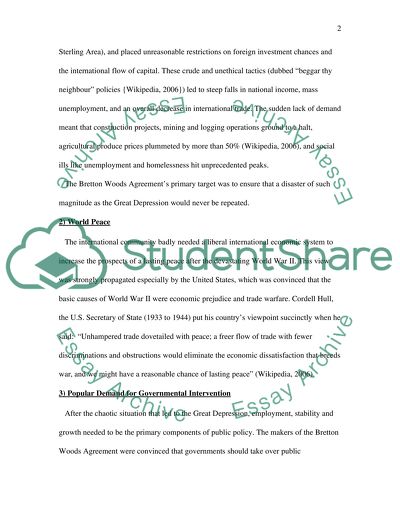Cite this document
(“The Bretton Woods System Essay Example | Topics and Well Written Essays - 1500 words”, n.d.)
The Bretton Woods System Essay Example | Topics and Well Written Essays - 1500 words. Retrieved from https://studentshare.org/technology/1538517-the-bretton-woods-system
The Bretton Woods System Essay Example | Topics and Well Written Essays - 1500 words. Retrieved from https://studentshare.org/technology/1538517-the-bretton-woods-system
(The Bretton Woods System Essay Example | Topics and Well Written Essays - 1500 Words)
The Bretton Woods System Essay Example | Topics and Well Written Essays - 1500 Words. https://studentshare.org/technology/1538517-the-bretton-woods-system.
The Bretton Woods System Essay Example | Topics and Well Written Essays - 1500 Words. https://studentshare.org/technology/1538517-the-bretton-woods-system.
“The Bretton Woods System Essay Example | Topics and Well Written Essays - 1500 Words”, n.d. https://studentshare.org/technology/1538517-the-bretton-woods-system.


